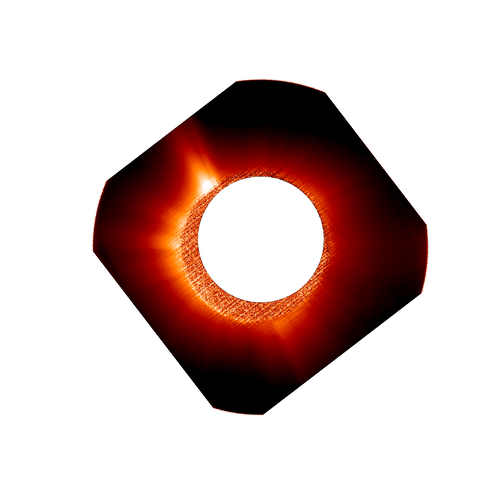By comparing the newly measured rate to the theoretical predictions that have been made by solar physicists over the years, Daniele has shown that solar physicists were almost certainly right in their identification of turbulence as a way of transferring energy.
The specific way that turbulence does this is not dissimilar to what happens when you stir your morning cup of coffee. By stimulating random movements of a fluid, either a gas or a liquid, energy is transferred to ever smaller scales, which culminates in the transformation of energy into heat. In the case of the solar corona, the fluid is also magnetized and so stored magnetic energy is also available to be converted into heat.
Such a transfer of magnetic and movement energy from larger to smaller scales is the very essence of turbulence. At the smallest scales, it allows the fluctuations to finally interact with individual particles, mostly protons, and heat them up.
More work is needed before we can say that the solar heating problem is solved but now, thanks to Daniele’s work, solar physicists have their first measurement of this process.
“This is a scientific first. This work represents a significant step forward in solving the coronal heating problem,” says Daniel Müller, Project Scientist.
Solar Orbiter is a space mission of international collaboration between ESA and NASA, operated by ESA.



